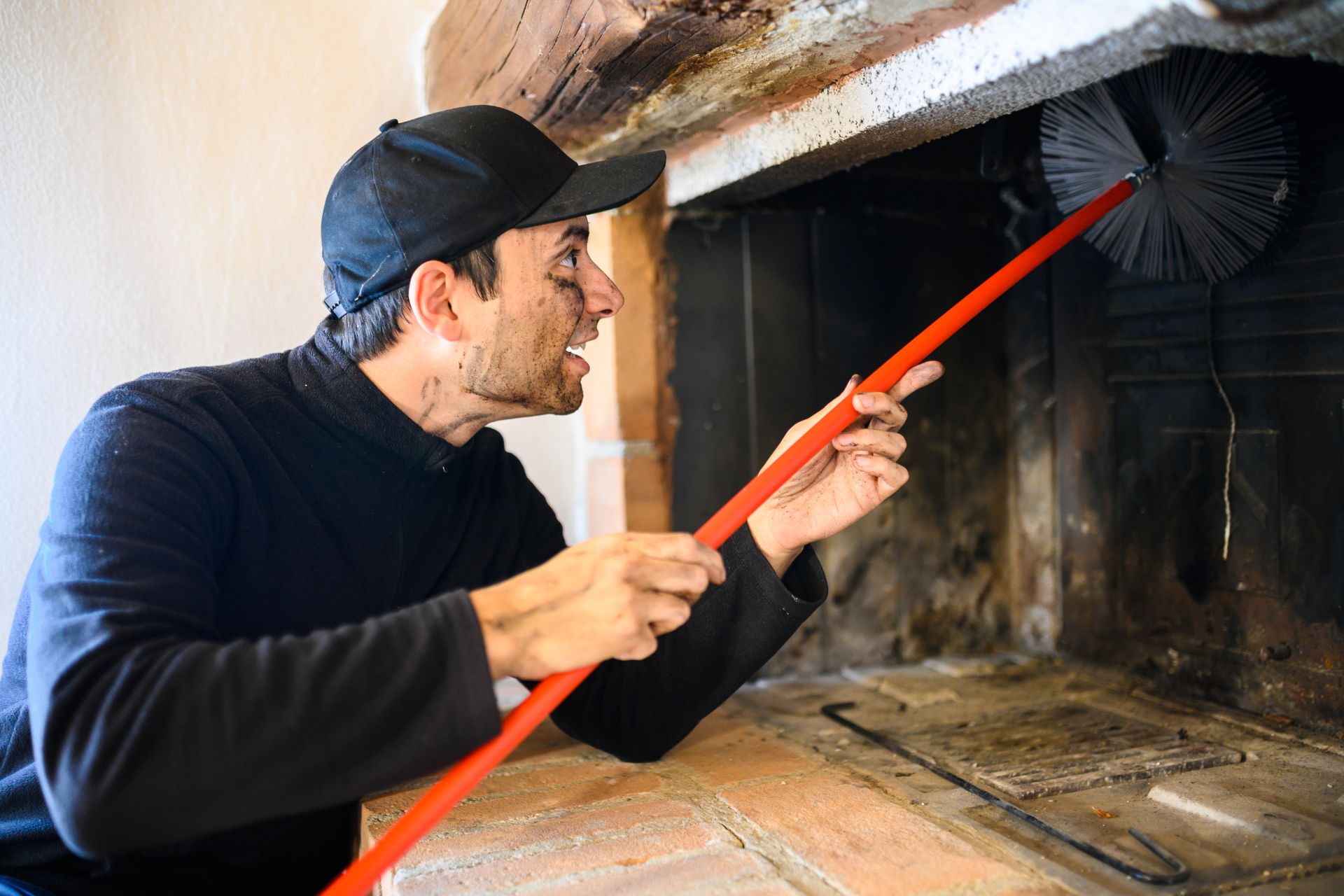

Articles
How To Stop Cold Air From Fireplace
Modified: February 24, 2024
Discover effective methods to prevent cold air from entering your home through the fireplace with informative articles. Implement these tips to enjoy a warmer and cozier living space.
(Many of the links in this article redirect to a specific reviewed product. Your purchase of these products through affiliate links helps to generate commission for Storables.com, at no extra cost. Learn more)
Introduction
There’s nothing quite as cozy and inviting as gathering around a crackling fireplace on a cold winter evening. However, that comforting ambiance can quickly be ruined by the presence of cold drafts that seep into the room, leaving you shivering and uncomfortable. If you’re experiencing cold air coming from your fireplace, don’t worry! There are several effective solutions that can help you stop the cold air from infiltrating your home. In this article, we will explore various methods to address this common problem and restore the warmth and comfort to your living space.
Understanding the cause of the cold air is the first step towards finding a solution. In most cases, the drafts occur due to air leakage through the chimney flue or gaps and cracks surrounding the fireplace. The cold air from outside can easily find its way into your home, making the room feel chilly and significantly reducing the energy efficiency of your heating system.
The good news is that there are several practical steps you can take to prevent cold air from entering your home through the fireplace. Let’s delve into these solutions in detail, so you can choose the one that best fits your needs and preferences.
Key Takeaways:
- Seal gaps and cracks around the fireplace with fireplace caulk or a chimney cap to prevent cold air infiltration. Regularly check for drafts and maintain the fireplace to ensure a cozy and energy-efficient living space.
- Install a fireplace draft stopper or door cover, insulate the chimney, and add weatherstripping to effectively block cold air drafts. Keep the damper closed and consider additional tips for optimal fireplace performance and comfort.
Understanding the Problem
To effectively address the issue of cold air coming from your fireplace, it’s important to understand the root cause of the problem. There are typically two main culprits: drafts from the chimney and gaps or cracks around the fireplace.
Drafts from the chimney can occur when the damper is not tightly sealed or when there are gaps and cracks in the chimney flue. This allows cold air from outside to enter your home and mingle with the warm air inside, leading to uncomfortable drafts.
On the other hand, gaps and cracks around the fireplace can also contribute to cold air infiltration. Over time, the mortar and sealant around the fireplace may deteriorate, leading to openings that allow cold air to enter your living space.
In addition to making the room feel chilly, these drafts can also have a negative impact on your energy bills. Your heating system will have to work harder to compensate for the cold air entering through the fireplace, leading to increased energy consumption and higher costs.
By addressing these sources of drafts and air leakage, you can significantly reduce the amount of cold air entering your home and create a more comfortable environment. Let’s explore some effective solutions for both chimney drafts and gaps around the fireplace in the following sections.
Checking for Drafts
Before you can effectively stop cold air from coming through your fireplace, it’s important to identify the specific areas where drafts are occurring. This will allow you to target your efforts and implement the most appropriate solutions. Here are some steps to help you check for drafts:
- Light a candle or incense stick.
- Hold the lit candle or incense stick near the edges of the fireplace, focusing on the seams, openings, and gaps.
- Observe the flame or smoke. If you notice flickering or deviating patterns, it indicates the presence of a draft.
- Move the candle or incense stick along the chimney flue and observe for any changes in the flame or smoke.
By following these steps, you can pinpoint the areas where cold air is entering your home through the fireplace. Once you have identified these areas, you can proceed with implementing the appropriate solutions to eliminate the drafts.
It’s worth noting that checking for drafts is not limited to the visible areas around the fireplace. Drafts can also occur in hidden areas, such as behind the walls or in the chimney itself. If you suspect that there might be drafts in these areas, it’s recommended to seek professional assistance to conduct a more thorough inspection and evaluation of your fireplace and chimney system.
Now that you have identified the sources of cold air drafts, let’s move on to the next section, where we will explore different methods to seal the fireplace and prevent the cold air from entering your living space.
Sealing the Fireplace
One of the most effective ways to stop cold air from coming through your fireplace is by properly sealing it. Sealing the fireplace helps prevent drafts and keeps the cold air outside where it belongs. Here are some methods to seal the fireplace:
- Inspect and repair any gaps or cracks: Carefully examine the brickwork, mortar, and sealant around your fireplace. If you notice any gaps or cracks, use fireplace caulk or heat-resistant sealant to fill them in. This will help to create a tight seal and prevent cold air from infiltrating your home.
- Consider a chimney cap: Installing a chimney cap can not only prevent cold air from entering the fireplace but also keep out moisture, animals, and debris. A chimney cap acts as a barrier and helps to create a more energy-efficient and protected fireplace system.
- Utilize chimney balloons: Chimney balloons are inflatable devices designed to block airflow in your chimney. They are easy to install and remove, providing a temporary solution to stop drafts when the fireplace is not in use. Be sure to follow the manufacturer’s instructions for proper installation and removal.
When sealing the fireplace, it’s essential to use materials that are heat-resistant and specifically designed for use in fireplaces. This will ensure that the sealant or caulk does not degrade or pose a fire hazard when exposed to high temperatures.
By properly sealing your fireplace, you can significantly reduce cold air drafts and improve the overall energy efficiency of your home. However, sealing the fireplace alone may not always be sufficient. In the next sections, we will explore additional methods and products that can further enhance the insulation of your fireplace and chimney system.
Installing a Fireplace Draft Stopper
An effective way to stop cold air from infiltrating your home through the fireplace is by installing a fireplace draft stopper. A draft stopper is designed to fit snugly into the opening of your fireplace, creating a barrier against cold air drafts. Here’s how you can install a fireplace draft stopper:
- Measure the dimensions of your fireplace opening: Use a measuring tape to determine the width and height of the opening. This will help you select the correct size draft stopper for your fireplace.
- Purchase a fireplace draft stopper: There are various types of draft stoppers available, including inflatable chimney balloons, fabric draft blockers, and reusable magnetic covers. Choose the option that best suits your needs and preferences.
- Clean the fireplace opening: Clear away any debris or ashes from the fireplace opening to ensure a clean and smooth surface for the draft stopper.
- Install the draft stopper: Follow the manufacturer’s instructions for your chosen draft stopper product. In most cases, it involves placing the draft stopper into the fireplace opening and adjusting it to fit snugly.
- Secure the draft stopper: Some draft stoppers may come with additional attachments to secure them in place, such as adhesive strips or magnets. Make sure to properly fasten the draft stopper to ensure a tight seal.
By installing a fireplace draft stopper, you can effectively block cold air drafts when the fireplace is not in use. It provides an extra layer of insulation and can significantly reduce energy loss through the fireplace opening.
It’s important to note that a draft stopper should only be installed when the fireplace is not in use. Remember to remove the draft stopper before lighting a fire to avoid potential safety hazards.
In the next section, we will explore another option for preventing cold air drafts and improving the energy efficiency of your fireplace: using a fireplace door cover.
To stop cold air from coming through your fireplace, consider installing a fireplace draft stopper or sealing the chimney with a chimney balloon when not in use. This will help prevent cold air from entering your home.
Using a Fireplace Door Cover
If your fireplace is equipped with glass doors, using a fireplace door cover can be an effective way to minimize cold air drafts and improve energy efficiency. A fireplace door cover acts as an additional barrier, sealing off the fireplace opening when it’s not in use. Here’s how you can use a fireplace door cover:
- Select a suitable fireplace door cover: There are various options available, including magnetic covers, fabric covers, and heat-resistant glass inserts. Choose a cover that fits your fireplace opening and meets your needs.
- Clean the glass doors: Ensure that the glass doors are clean and free from any dirt or debris. This will help create a tight seal when the cover is in place.
- Attach or install the cover: Follow the manufacturer’s instructions to securely attach or install the fireplace door cover. Some covers may have attachments, such as magnets or clips, to hold them in place.
- Seal any gaps: Once the cover is in place, inspect for any gaps or spaces around the edges. Apply heat-resistant sealant or gasket material to these areas to ensure a tight seal.
- Remove the cover when using the fireplace: Remember to remove the fireplace door cover before lighting a fire. It’s crucial to only use the cover when the fireplace is not in use to prevent potential hazards.
Using a fireplace door cover can significantly reduce cold air drafts and improve the overall energy efficiency of your fireplace. It provides an additional layer of insulation, sealing off the fireplace opening and preventing cold air from entering your home.
It’s important to choose a high-quality fireplace door cover that is specifically designed for use with your fireplace model. This will ensure proper fitment and a secure seal.
In the next section, we’ll explore another method for reducing cold air drafts: insulating the chimney.
Insulating the Chimney
Insulating your chimney is another effective way to prevent cold air drafts and improve the energy efficiency of your fireplace. By adding insulation, you can create a thermal barrier that reduces heat loss and keeps cold air from entering your home. Here’s how you can insulate your chimney:
- Choose the right insulation material: There are different insulation options available, such as chimney insulation blankets, ceramic insulation, or insulated chimney liners. Consider factors like your chimney’s construction and your budget to determine the best insulation material for your needs.
- Prepare the chimney: Clean your chimney thoroughly, removing any debris or creosote buildup. Ensure that the chimney surface is dry and free from any obstructions before installing the insulation.
- Install the insulation material: Follow the manufacturer’s instructions to correctly install the insulation material. For blanket-style insulation, wrap it around the exterior of the chimney, maintaining a tight and secure fit. If using an insulated liner, it will need to be installed by a professional chimney technician.
- Seal any gaps or cracks: Inspect the chimney for any gaps or cracks and seal them using fire-resistant caulk or sealant. This will further enhance the insulation and prevent cold air from seeping in.
- Regularly check and maintain the insulation: Over time, the insulation may degrade or lose its effectiveness. Regularly inspect and replace any damaged or worn-out insulation to ensure optimal performance.
Insulating the chimney not only helps in stopping cold air drafts but also improves the overall efficiency of your fireplace. It reduces heat loss and allows your fireplace to generate more heat while consuming less fuel.
If you are unsure about the insulation process or have a complex chimney system, it is recommended to seek professional assistance. A qualified chimney technician can provide guidance and ensure the insulation is installed correctly, maximizing its benefits.
Now that we have explored insulating the chimney, let’s move on to another effective method for preventing cold air drafts: adding weatherstripping around the fireplace.
Adding Weatherstripping around the Fireplace
Adding weatherstripping around your fireplace is a simple yet effective method to seal gaps and reduce cold air drafts. Weatherstripping helps create a tight seal between the fireplace and the surrounding walls, significantly reducing air leakage. Here’s how you can add weatherstripping around the fireplace:
- Identify the areas that need weatherstripping: Carefully inspect the fireplace and look for any gaps or spaces between the fireplace and the adjacent walls. Common areas that may require weatherstripping include the top and sides of the fireplace opening, as well as any visible gaps in the surrounding masonry.
- Clean the fireplace surfaces: Thoroughly clean the areas where the weatherstripping will be applied. Remove any dirt, dust, or debris to ensure a clean and smooth surface for the weatherstripping to adhere to.
- Choose the right weatherstripping material: There are various types of weatherstripping materials available, such as adhesive-backed foam tape or silicone rubber strips. Select a material that is suitable for your fireplace and can withstand high temperatures.
- Measure and cut the weatherstripping: Using a measuring tape, carefully measure the length needed for each gap or space. Cut the weatherstripping material to the appropriate lengths, ensuring a snug fit.
- Apply the weatherstripping: Peel off the backing from the adhesive side of the weatherstripping and carefully press it into place, covering the gaps and spaces around the fireplace. Apply firm pressure to ensure a secure bond.
- Test the seal: Close the fireplace doors or damper and carefully check for any remaining gaps or spaces. If necessary, add additional weatherstripping to create a more robust seal.
Adding weatherstripping around the fireplace helps to seal off gaps and cracks, reducing cold air drafts and improving energy efficiency. It provides an extra layer of insulation and helps maintain a more comfortable indoor environment.
Regularly inspect the weatherstripping and replace it as needed. Over time, weatherstripping may wear out or become less effective, requiring replacement to maintain its seal.
Now that we have covered adding weatherstripping, let’s explore some additional tips and considerations to further enhance the effectiveness of your efforts to stop cold air drafts from your fireplace.
Other Tips and Considerations
In addition to the methods mentioned above, here are some other tips and considerations to further enhance your efforts in stopping cold air drafts from your fireplace:
- Keep the damper closed: When the fireplace is not in use, make sure to close the damper tightly. This prevents cold air from entering through the chimney.
- Install a fireplace grate: A fireplace grate helps lift the wood off the ground, improving airflow and combustion efficiency. This can contribute to a warmer fire and reduce the chance of cold air being pushed into the room.
- Use a fireplace screen: A fireplace screen acts as a barrier, preventing sparks and embers from flying out of the fireplace while allowing heat to radiate into the room. A screen can also help block some cold air drafts.
- Consider a draft snake: For small gaps or cracks around the fireplace, a draft snake can be a quick and temporary solution. Simply place a long fabric tube filled with insulating material along the base of the fireplace to block drafts.
- Maintain proper insulation in the surrounding walls: Cold air drafts can also occur through poorly insulated walls adjacent to the fireplace. Make sure the walls are adequately insulated to prevent heat loss and reduce overall drafts in the room.
- Regularly maintain the fireplace: Schedule regular inspections and maintenance for your fireplace and chimney. This ensures that any issues, such as cracks, gaps, or damper malfunctions, can be identified and addressed promptly.
Implementing these additional tips and considerations, in combination with the methods discussed earlier, can significantly reduce cold air drafts and improve the energy efficiency of your fireplace. Keep in mind that it’s essential to choose high-quality materials and follow proper installation procedures for optimal results.
By taking these steps to stop cold air drafts, you can enjoy a cozy and comfortable living space, even during the coldest seasons. So, get ready to snuggle up and enjoy the warmth of your fireplace without any unwelcome chilly drafts.
I hope these tips have been helpful to you. Stay warm and enjoy your fireplace to the fullest!
Read more: How Cold Is The Air From An Air Conditioner
Conclusion
Dealing with cold air drafts coming from your fireplace can be frustrating and uncomfortable, but it doesn’t have to be a permanent issue. By following the solutions and tips outlined in this article, you can effectively stop cold air drafts and create a more comfortable and energy-efficient living space.
Understanding the problem is crucial, as it allows you to target the specific areas where drafts are occurring. By checking for drafts and identifying the sources, such as chimney leaks or gaps around the fireplace, you can take the necessary steps to seal these areas.
Sealing the fireplace using caulk or sealant, installing a fireplace draft stopper or a fireplace door cover, insulating the chimney, and adding weatherstripping are all effective methods to reduce or eliminate cold air drafts. Each solution has its own benefits and may be more suitable for your specific situation.
Additionally, it’s important to consider other tips and considerations, such as keeping the damper closed when the fireplace is not in use, using a fireplace grate or screen, and maintaining proper insulation in the surrounding walls.
Remember to regularly check and maintain the components of your fireplace to ensure their effectiveness and safety. If you’re unsure about any steps or need assistance, don’t hesitate to seek professional help.
By implementing these strategies, you can enhance the insulation of your fireplace, reduce cold air drafts, and improve energy efficiency. Enjoy the warmth and coziness of your fireplace without the discomfort of unwanted cold air.
Now, armed with this knowledge, go ahead and take action to stop those cold air drafts and create a more inviting and comfortable environment around your fireplace. Stay warm and cozy all winter long.
Frequently Asked Questions about How To Stop Cold Air From Fireplace
Was this page helpful?
At Storables.com, we guarantee accurate and reliable information. Our content, validated by Expert Board Contributors, is crafted following stringent Editorial Policies. We're committed to providing you with well-researched, expert-backed insights for all your informational needs.
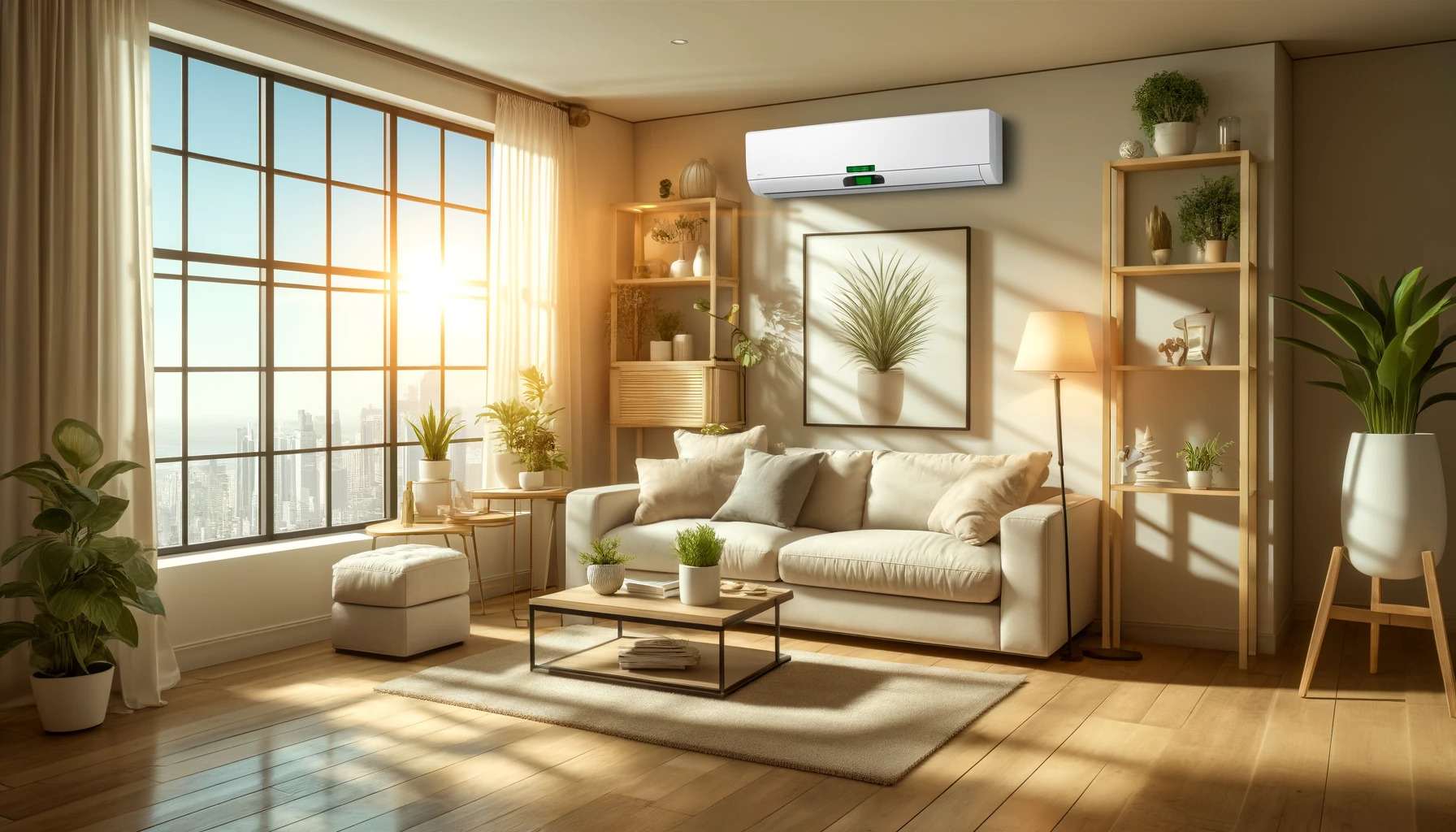
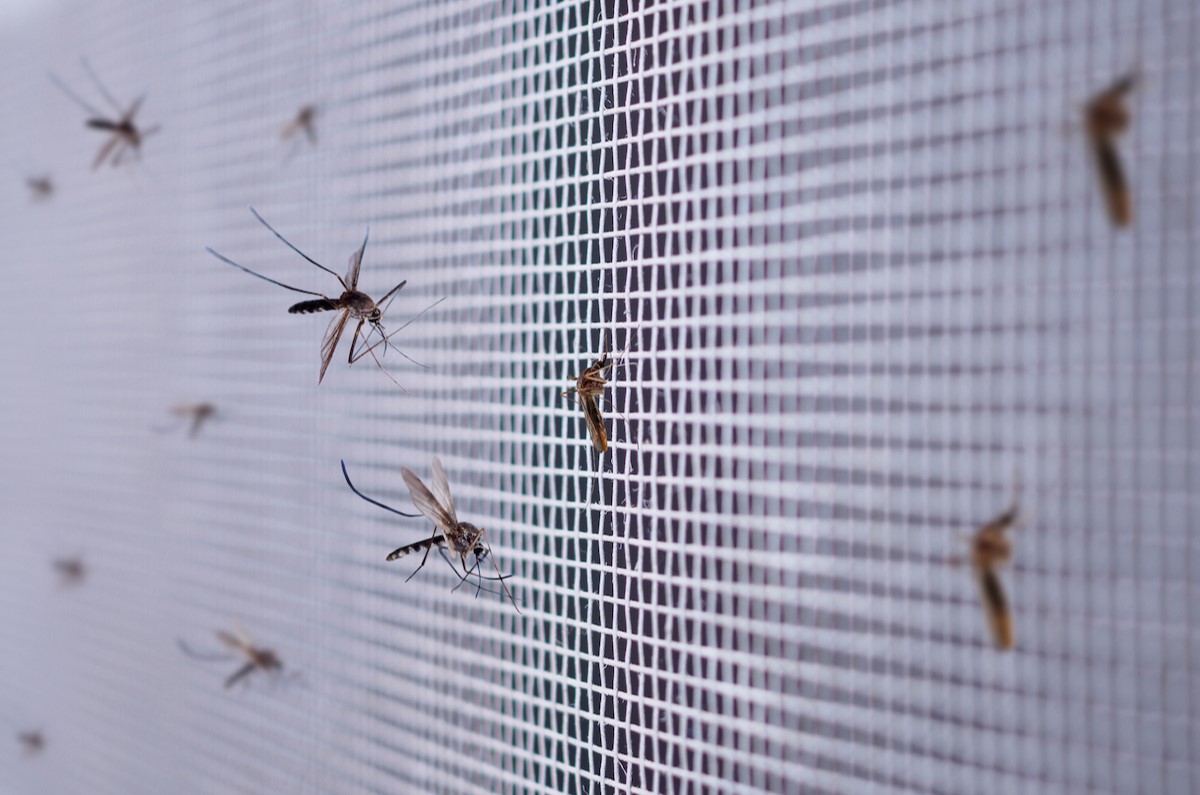
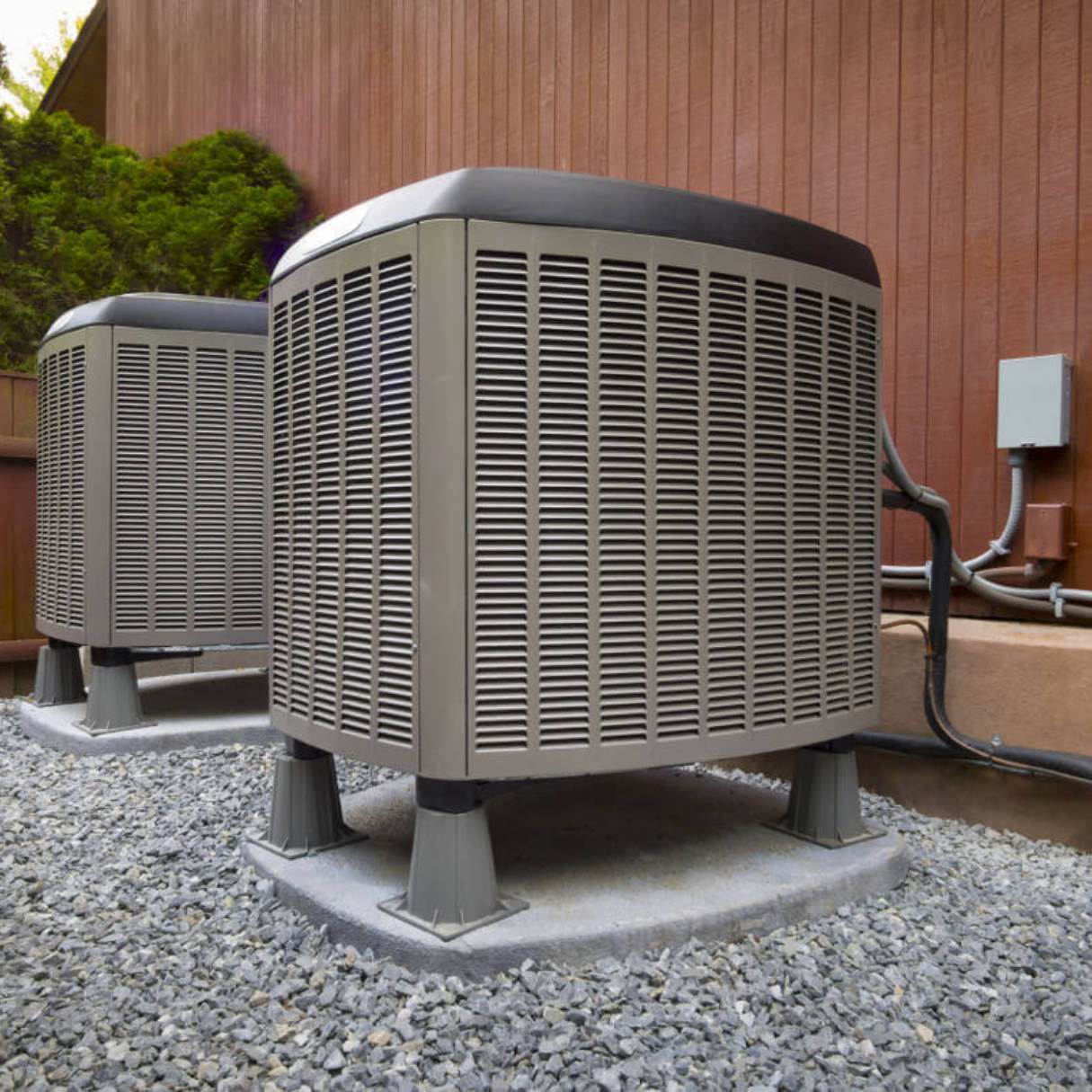
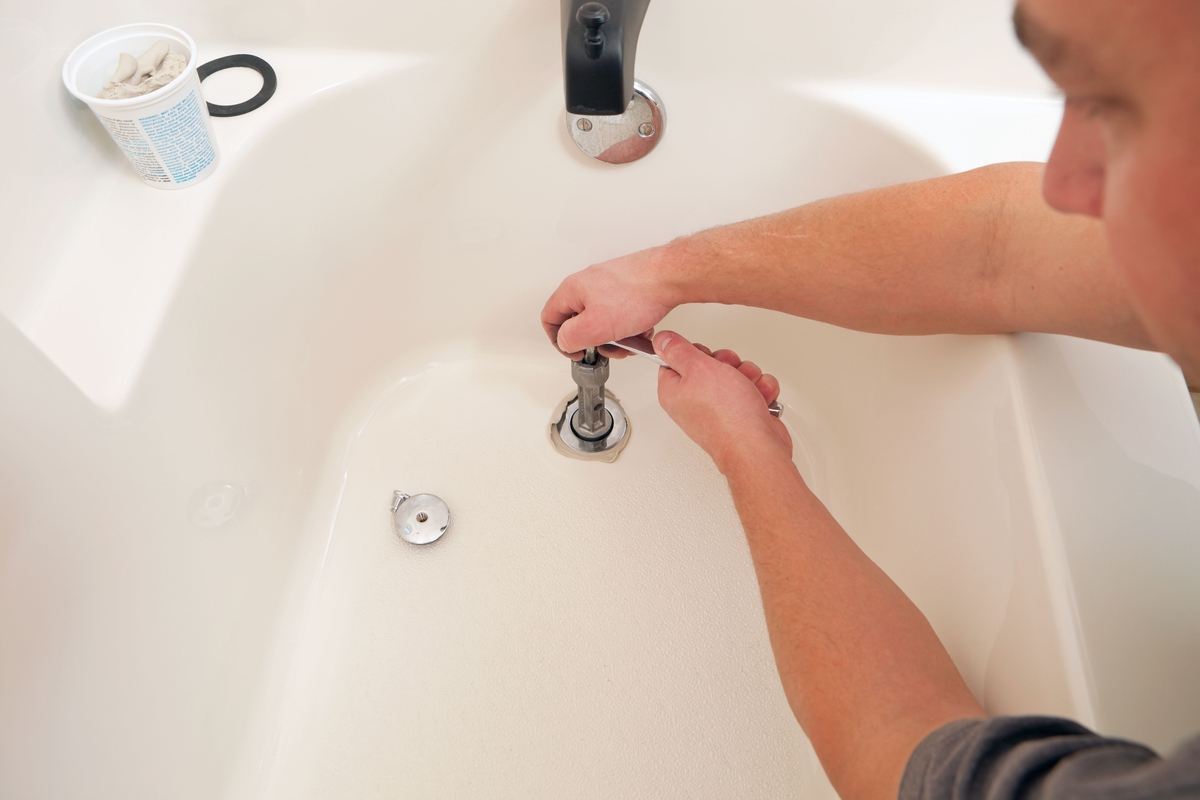
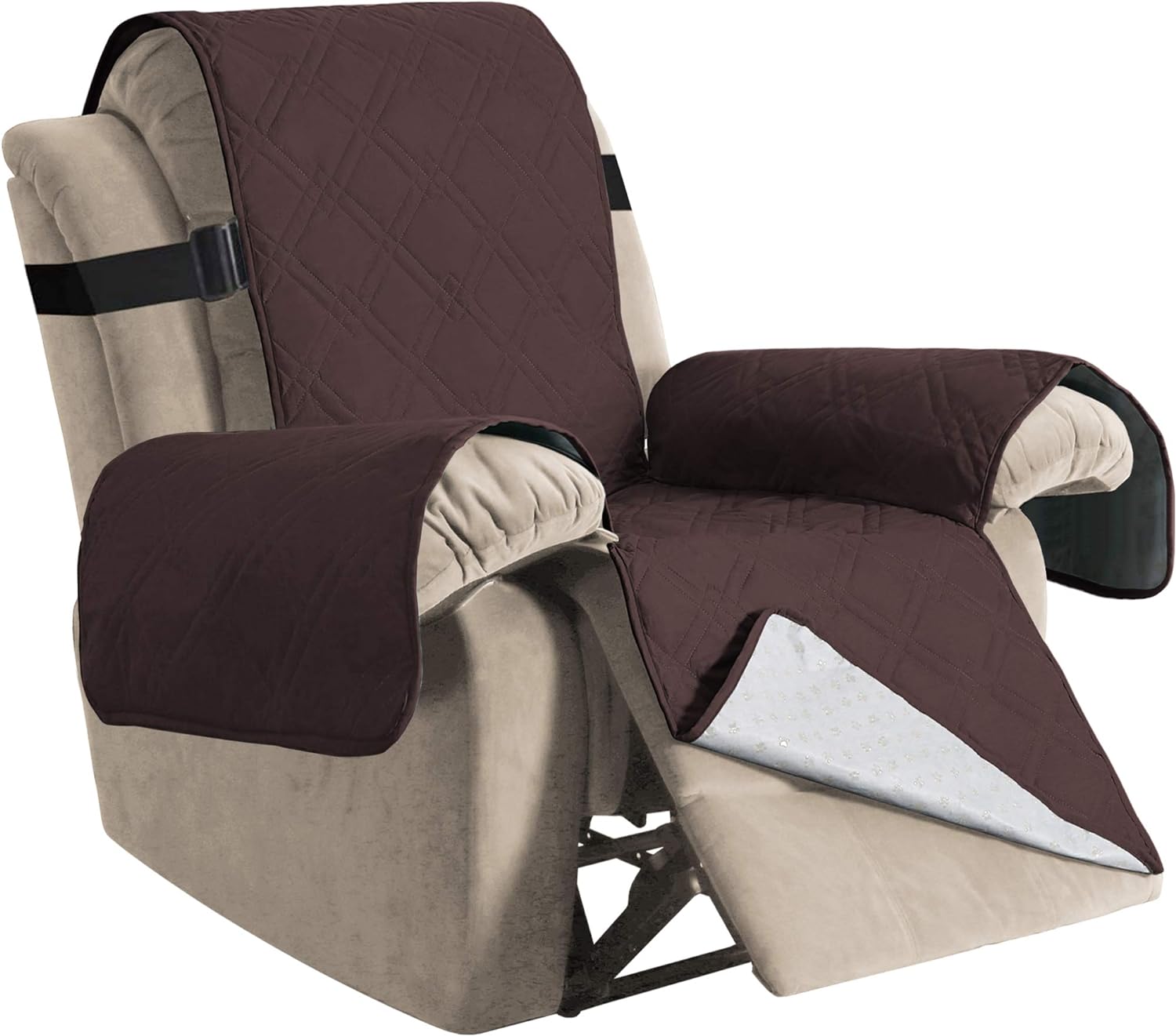
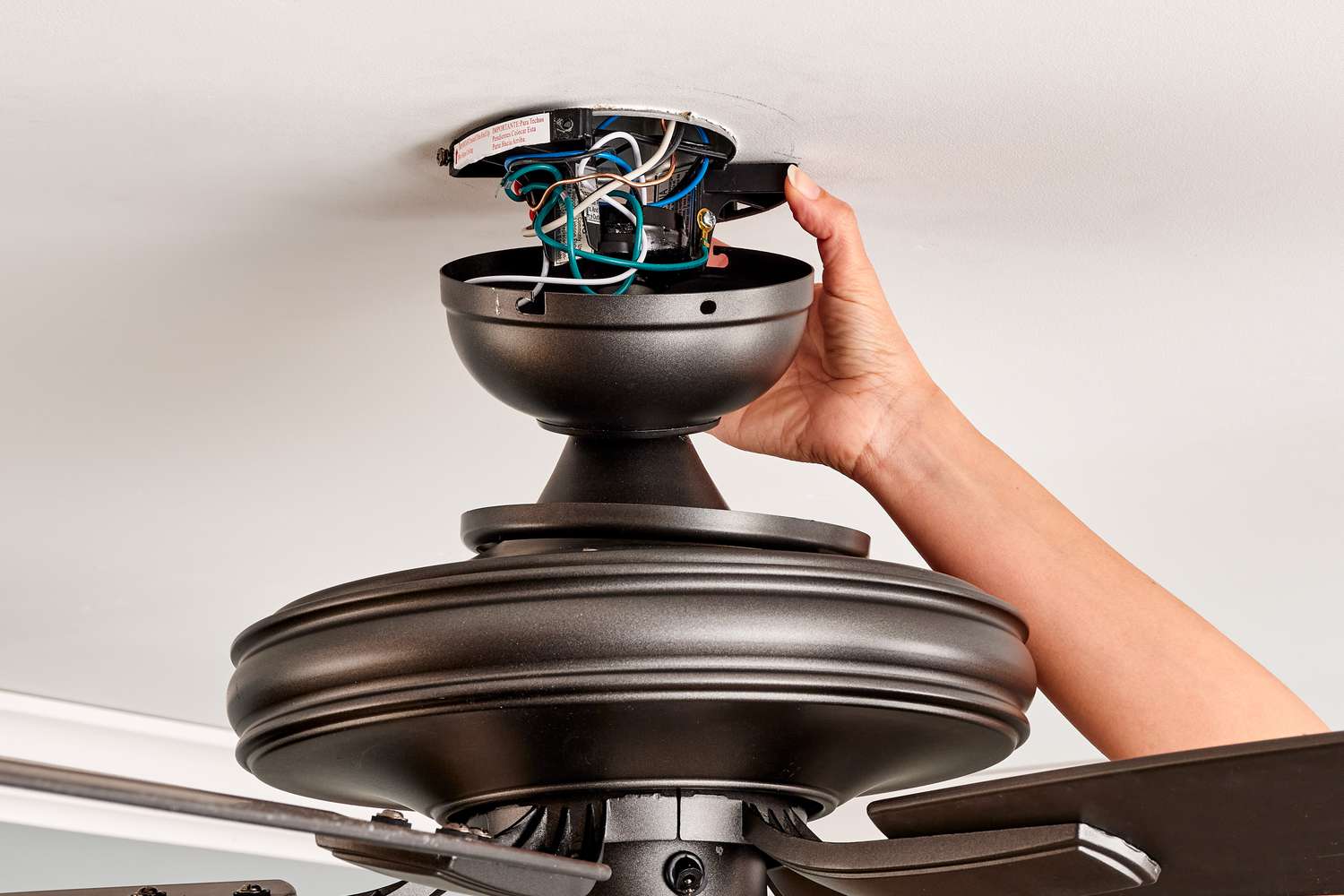
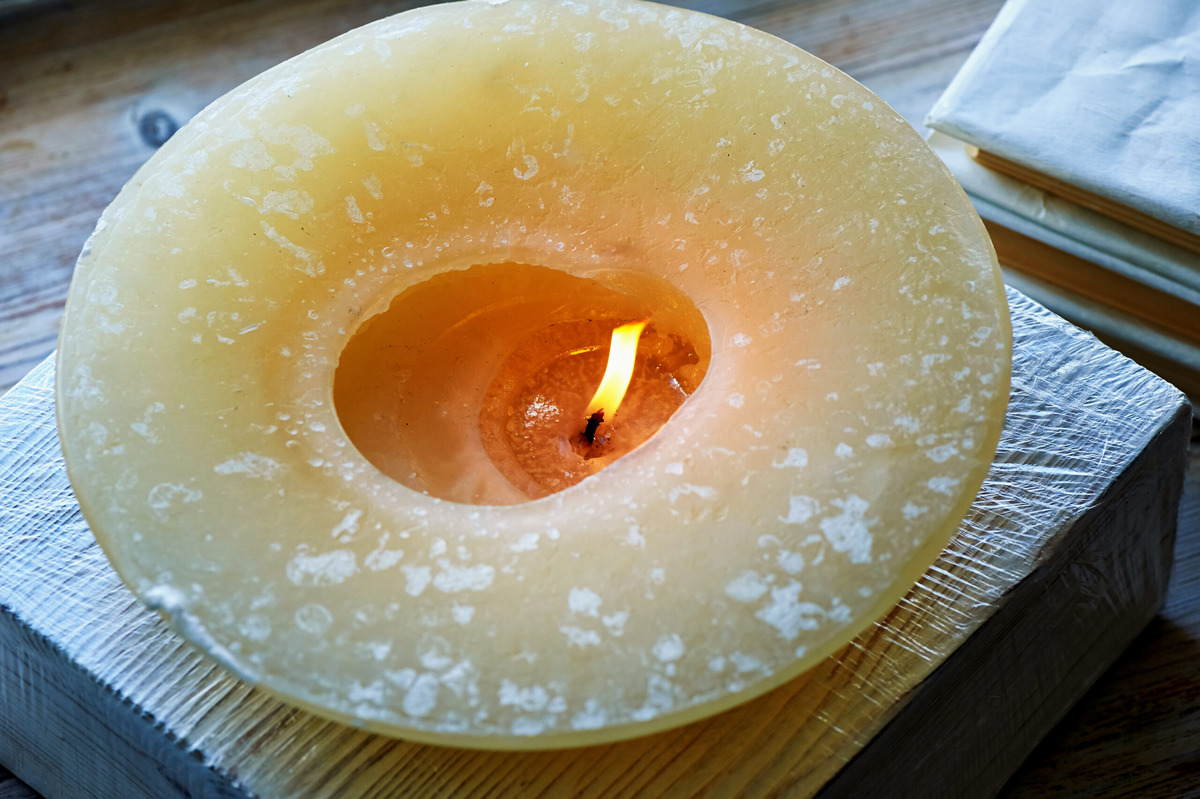

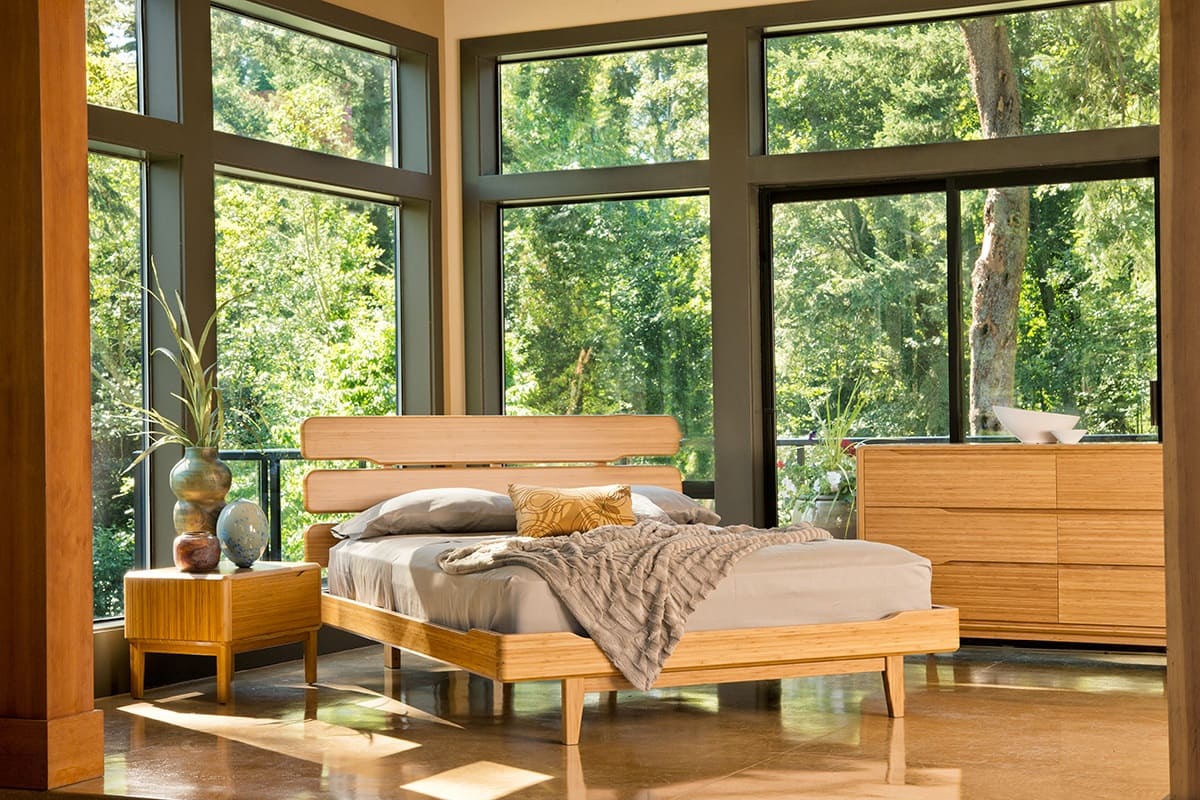
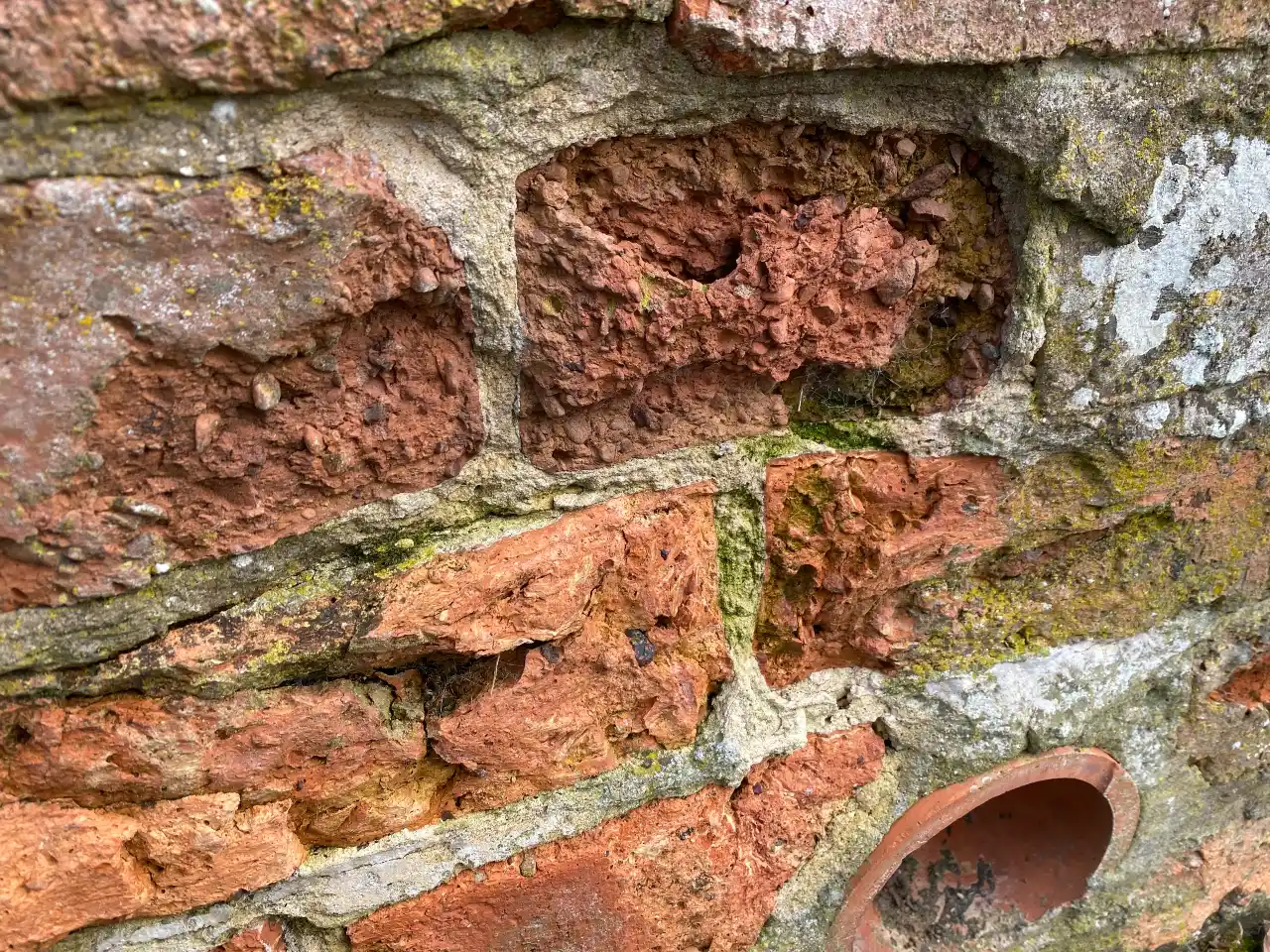
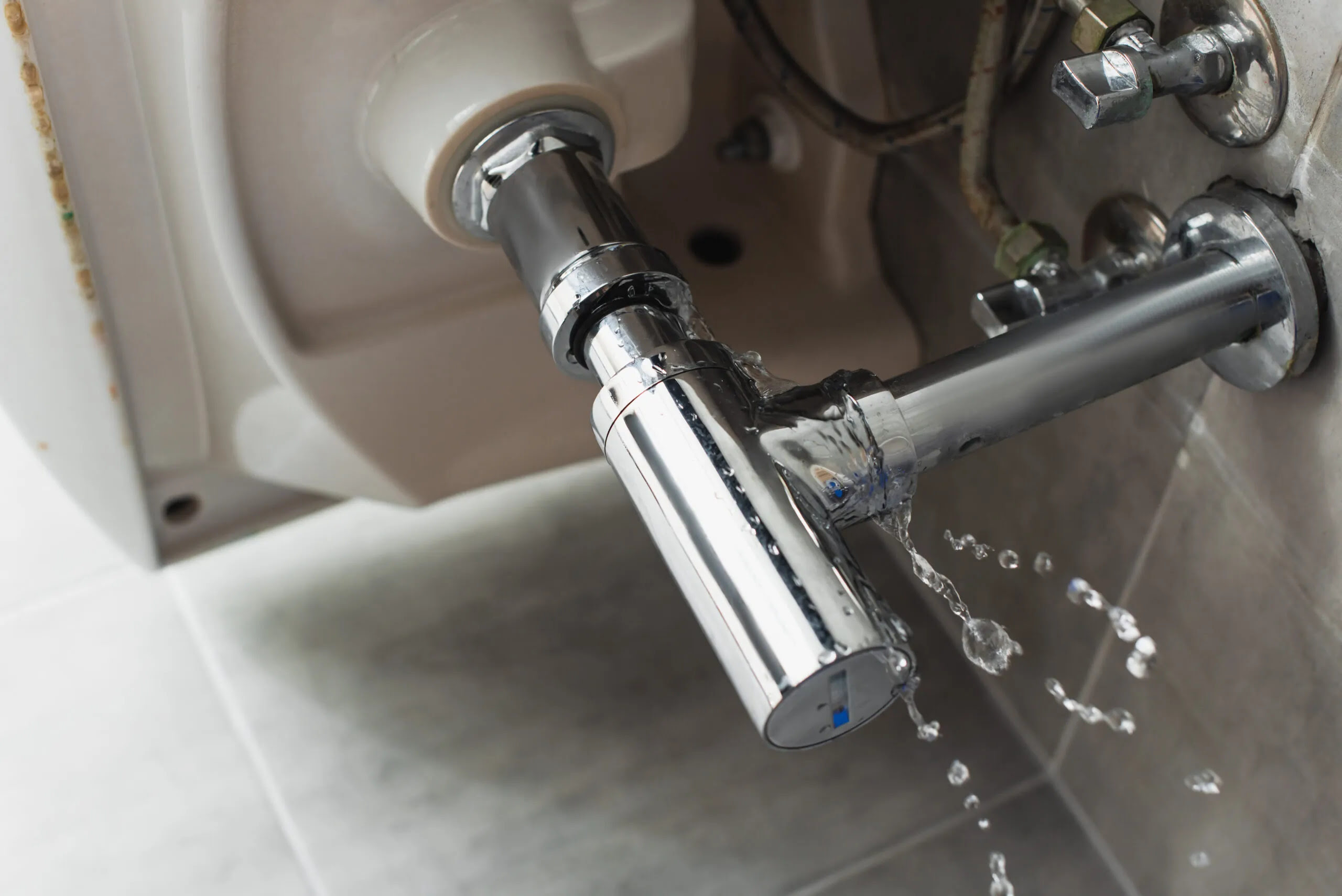
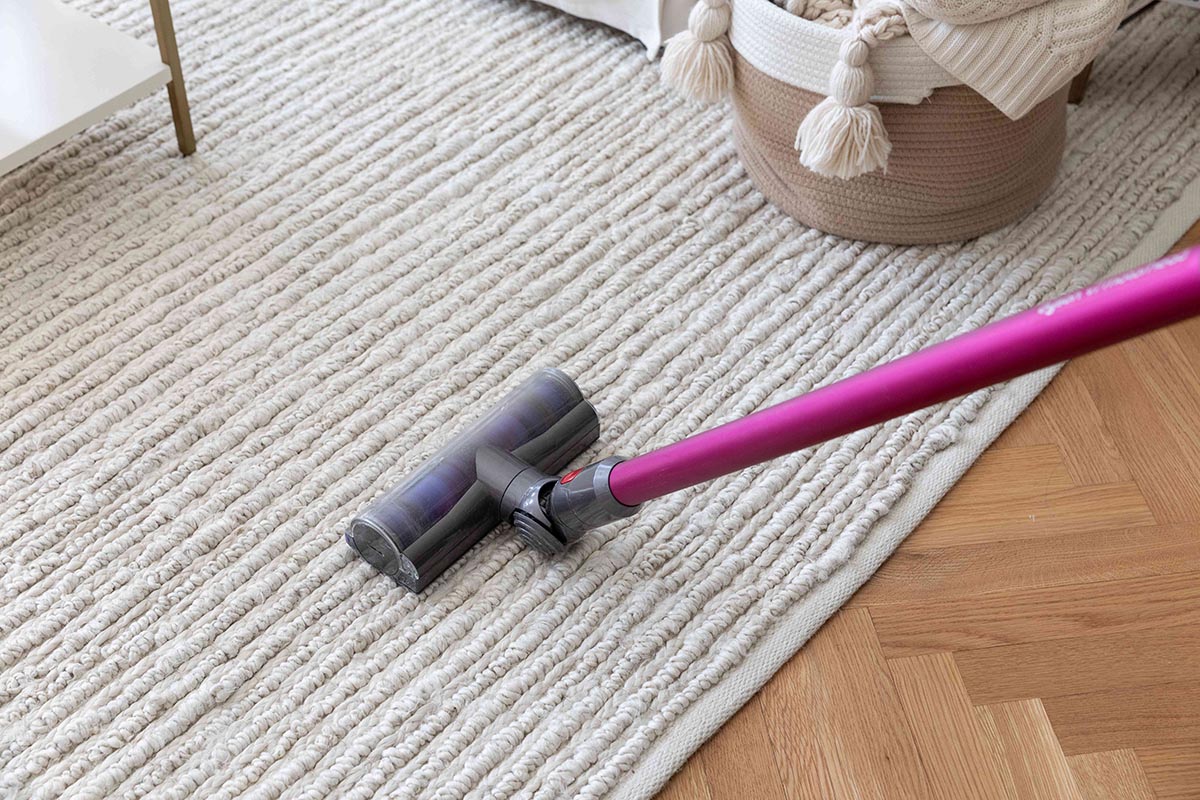
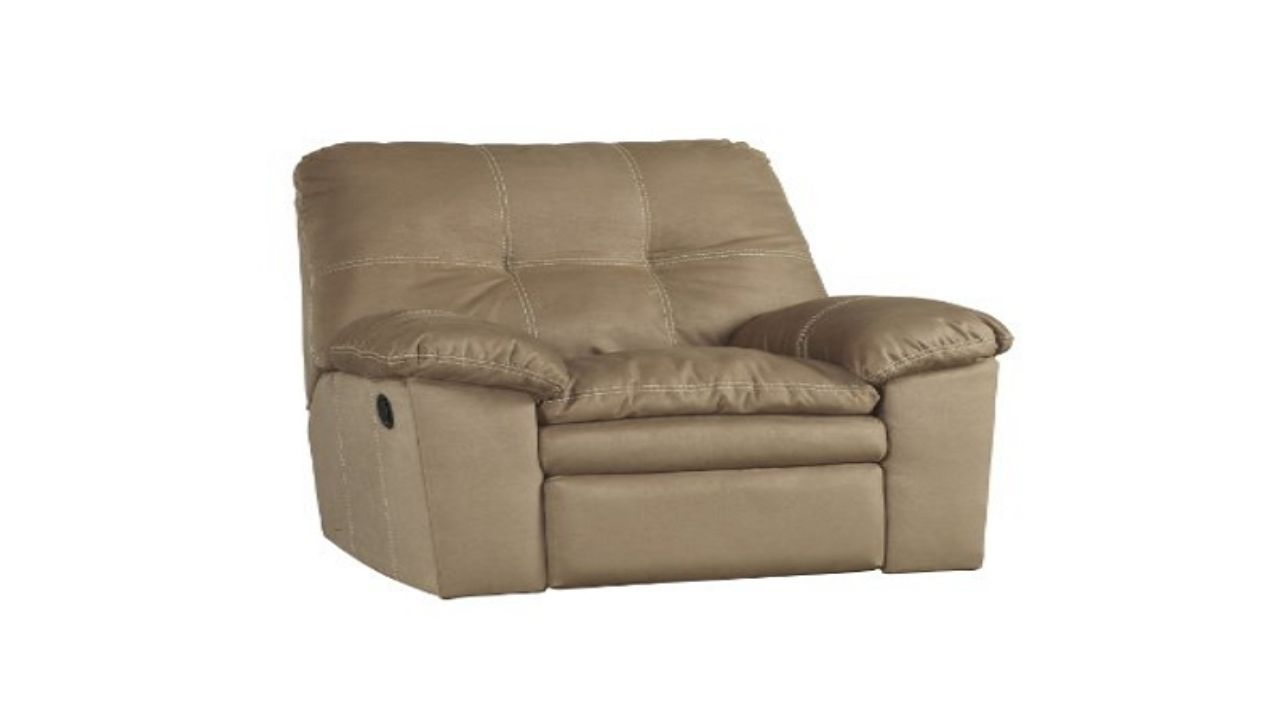

0 thoughts on “How To Stop Cold Air From Fireplace”